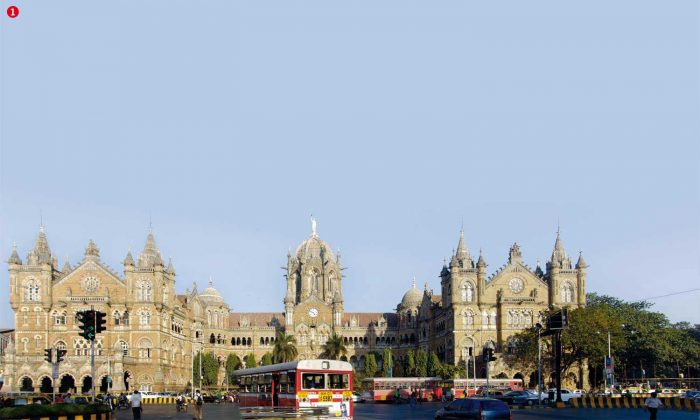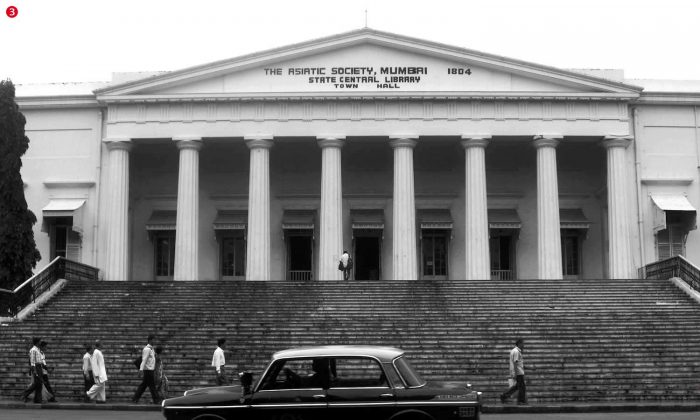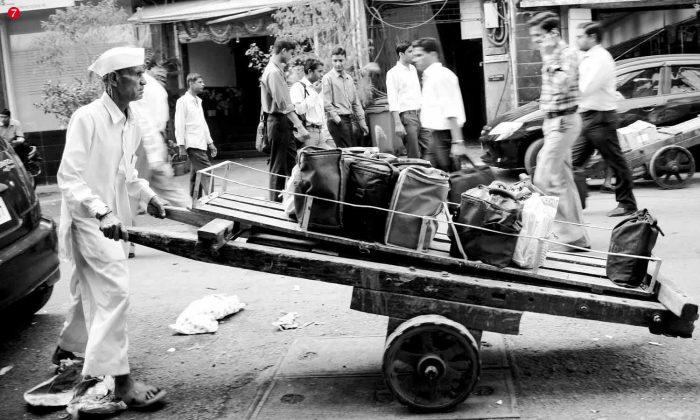After having spent a year in Mumbai, I am now able to relate to it as Bombay. And, with a little help from my nose, I can even tell which part of the city I am in.
It was during one of my trips back from Delhi that I experienced this moment of epiphany, as I stepped out of Chhatrapati Shivaji Airport, and shut the door of the black and yellow Fiat Padmini taxi, the unassuming four wheeler with a distinctive smell that drives this city, along with the famed local trains. South Mumbai, or ‘town’ as the Mumbaikars like to call it, is solely dependent upon this forgotten glory of the past, as the cheaper version of public transport, the auto-rickshaws, do not ply there.
As my ride towards the town began from the Western Expre ss Highway, and my taxi inched into the thickening traffic, I sunk back into my seat and shut my eyes out of exhaustion, assuming that I had nothing new to discover. That was the moment I realised that when you put on hold one of your bodily senses, the rest of the senses get heightened.
One of the first smells that wafted into my nose was the smell of raw fish. Repulsive at first, leading to the formation of a slight crease at my eyebrows, it soon gave way to a pleasant vision of the delicacies of bombil and jheenga fry. Scenes of Maharashtrian housewives cooking in their kitchens, and dabbawalas transporting their ‘tiffins’ across the city crossed my mind. Mumbai invites you with its distinctive aromas of food hovering even in the thickest of traffics.
At the next long wait, somewhere near Bandra, my nose was awakened to fragrances of cheap perfumes mixed with expensive ones, along with the odour of sweat. I sensed that these were from pedestrians scurrying along the streets, carving their own paths, yet careful not to intrude upon another’s. It is a lesson to be learnt from the busy Mumbaikar, whose dexterity in balancing work and home is admirable. In the city where the hand that flaunts an iPhone walks shoulder to shoulder with the hand that holds a begging bowl, the warm smell of humanity cannot be neglected. In the very claustrophobia that repels the eye, the nose was able to identify the innate human bond therein.
As I was reaching Haji Ali, the unmistakable trail of the sea captivated my senses. The peculiar whiff of salt mixed with water churns up memories of the Marine Drive, Worli Sea face and Breach Candy—all at once. Yet, I am now also able to recognise it as different from the smells of the seas of other places. The coast of Mumbai does not smell pristine, as that of Kerala, exotic as that of Andaman, laid-back as that of Chennai, or inviting as that of Goa. The aroma of Mumbai’s waterfront is redolent of its people, its culture and its food. The filth of the city that washes down to accumulate at its waters, the unending crowds that throng the shore like an unbreakable mass of termite-hill, the reek of poorly-maintained public urinals, the pungency of street-side buttered pop-corn… all amalgamate at the great Mumbai waterfront. Symbolic of the accommodating nature of its people, the sea of Mumbai is the great enchantress that devours every pain that you go with up to her, ensuring that you submerge all your worries in her waters and return with the serenity you had unknowingly come to seek.
As I touched the historical part of the city, I was transported to the Victorian era, when the British chose Bombay as their major port. The musty odours that surround the Elphinstone Building, the Mumbai Police Headquarters, and the Victoria Terminus were unmistakable. A walk down the Fort area earlier had acquainted me with the Gothic smells of these old structures, making you marvel at their sheer antiquity. Their smells take you back in time, and fill you with awe at the rich history they encompass. The dank odours inside the Asiatic library fill you with a sense of surrender towards the, sadly, decrepit structure it has become. At this point, I was revisited by the aromas of local delicacies—vada pav and pav bhaji—a taste gradually acquired, and now deeply cherished. My nose was intermittently tingled by the freshness wafting out of the bakeries, both niche and dated Parsi ones. It opened me up to the entire section of the Parsis, who form an imperative component of the history and formation of this city.
I knew I was nearing home, as my nose took in the posh scents of Colaba and its high-end markets. Which other place could so beautifully amalgamate both, a rich history as well as the most modern fashions, as personified by the Taj Palace Hotel itself.
In this brief journey of mine, the city grew to take its hold over me and bewitch me with its sights and sounds, that I now realise I can also relive through its smells. The smell of untarnished history and the living culture of this city grows to take roots into you. It stays in you to become a part of you, to make you free and invite you to merge into them and become one with them. It is what makes you understand why Mumbai will always remain Bombay for those who have absorbed the smells of this land. For them this is what home smells like.
Image credits: All pics: licensed under [CC BY 2.0] | Source: flickr
- Chhatrapati Shivaji Terminus by Selmer van Alten
- Taj Palace Hotel by Thomas Galvez
- Asiatic Library by Sourav Das
- Haji Ali by M M [Padmanaba01]
- Chhatrapati Shivaji Airport by Alex Graves
- Marine Drive by Marc van der Chijs
- Dabbawala carrying tiffins by Ayan Khasnabis
This was first published in the March 2014 issue of Complete Wellbeing.








